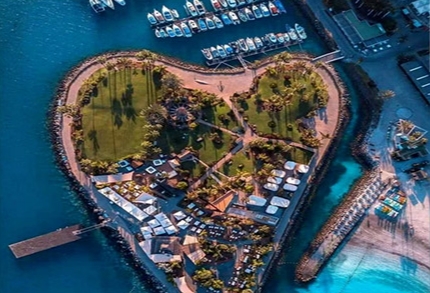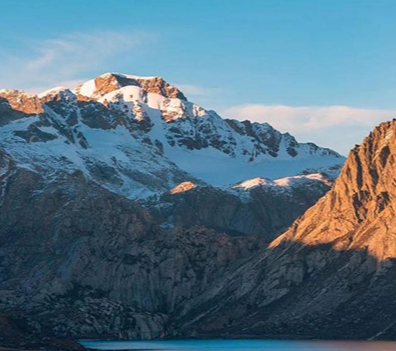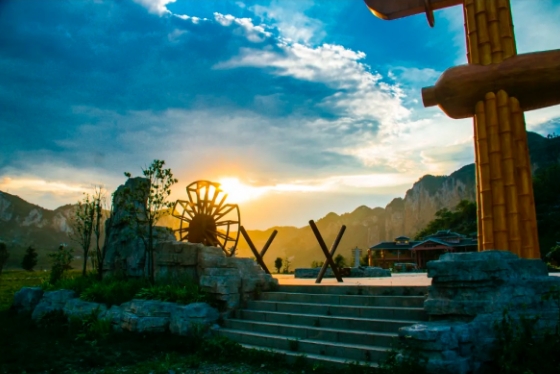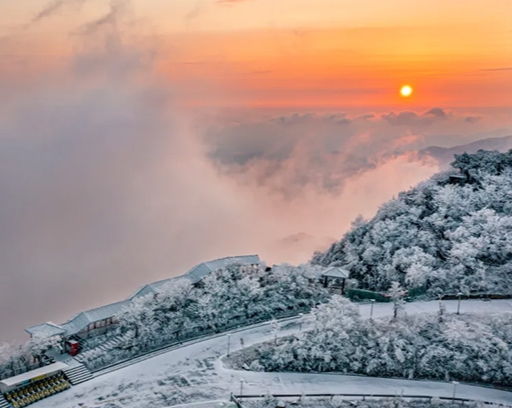Nestled in the Atlantic Ocean, Gran Canaria—the third-largest island in the Canary archipelago—is a volcanic gem with a unique geographic identity. Just 210 kilometers off the west coast of Africa yet under Spanish sovereignty, its strategic location has forged a multicultural tapestry, positioning it as a vital bridge between Europe, Africa, and the Americas. The island's capital, Las Palmas de Gran Canaria, is the largest city in the Canaries and serves as the archipelago's economic and cultural hub. Renowned not only for its breathtaking natural landscapes but also for its rich human heritage, Gran Canaria seamlessly blends history and modernity, from ancient Guanche ruins to contemporary resorts, and from traditional fishing villages to bustling metropolises.
Geographic Wonders and Historical Evolution
Gran Canaria's volcanic origins have sculpted dramatic landscapes, with a summit soaring 1,949 meters above sea level. This extreme elevation gradient creates microclimates ranging from tropical coastlines to temperate mountain peaks, earning the island the nickname "miniature continent."
Long before Christopher Columbus's voyage, the Guanche people thrived here for centuries. This enigmatic civilization, characterized by stone tools, cave dwellings, and distinct spiritual practices, imbues the island with mystery. Their legacy lives on in archaeological sites such as the prehistoric caves of Cueva Pintada.
Columbus's 1492 stopover marked Gran Canaria's entry into global history. Subsequent periods of Spanish colonization, pirate raids, and trade transformed it into a vital Atlantic crossroads. This history is etched into its architecture—from Renaissance-era churches like the Catedral de Canarias to colonial-style plazas.
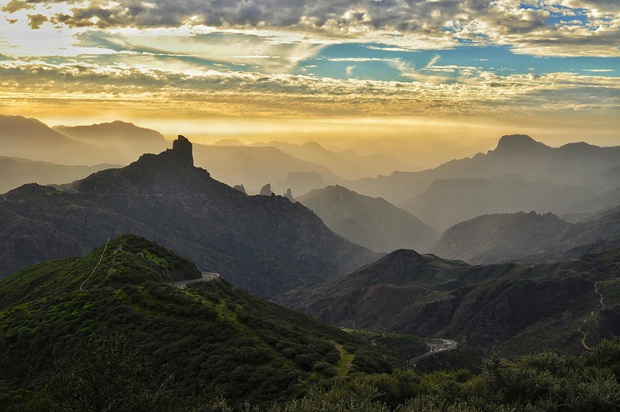
Cultural Synergy and Collision
Though the Guanche civilization vanished, its DNA persists in modern Canarian culture. Archaeological treasures, rock art, and traditions like the indigenous wrestling sport Lucha Canaria reflect Guanche influences.
Spanish rule left an indelible mark. Catholicism, the Spanish language, and architectural styles dominate, exemplified by landmarks such as the Iglesia de San Antonio and the neoclassical Teatro Pérez Galdós.
African cultural elements, introduced through proximity and historical slave trade, resonate in music, dance, and cuisine. The timple—a five-stringed instrument—blends African rhythms with European melodies, symbolizing this cultural fusion.
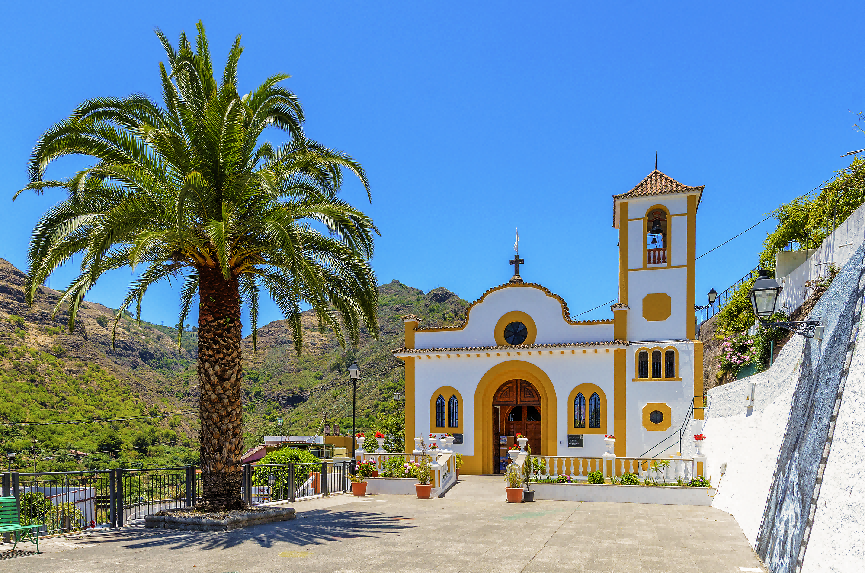
Contemporary Cultural Landscape
Tourism has reshaped Gran Canaria's identity. Annual visitors in the millions fuel economic growth and modernization, evident in luxury resorts, golf courses, and entertainment venues. Yet, traditions endure. The Las Palmas Carnival, one of Europe's largest, merges Canarian folklore with global carnival spirit, attracting hundreds of thousands.
The arts flourish in this environment. Painters, sculptors, and musicians draw inspiration from both heritage and innovation, showcased in venues like the Centro Atlántico de Arte Moderno.
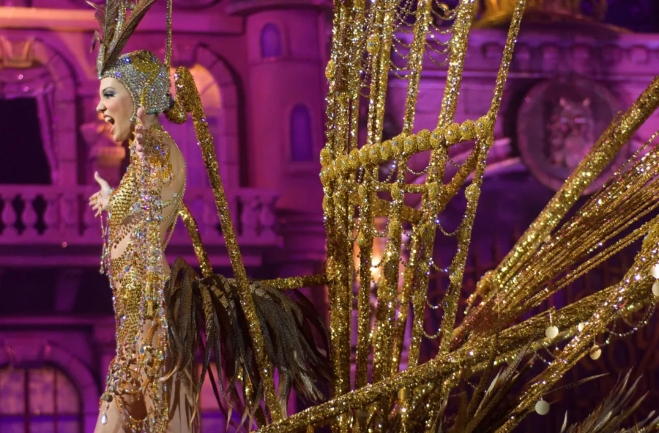
Gran Canaria's cultural narrative is a vibrant mosaic, chronicling humanity's journey from prehistory to globalization. From Guanche roots to its modern multiculturalism, the island remains a beacon of inclusivity. Far from fading, its cultural vitality is reinvigorated through cross-cultural dialogue. This resilience and creativity—hallmarks of human progress—ensure Gran Canaria's enduring role as a bridge, crafting new chapters of Atlantic civilization.
This article is compiled by the IMTA from content curated across its official WeChat, Weibo, and website platforms.
Note: Some images are sourced from the internet for non-commercial sharing purposes. If any infringement is identified, please contact us for immediate removal.
Editor Ⅰ: Zhang Wenwen
Editor Ⅱ: Bao Gang
Editor Ⅲ: Liu Guosong




